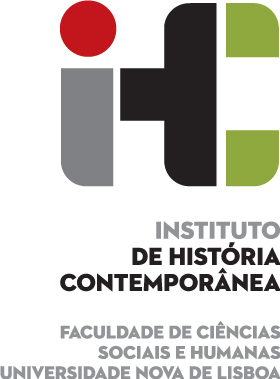Adegas da Memória project ends with surprising results
Mar 31, 2021 | News
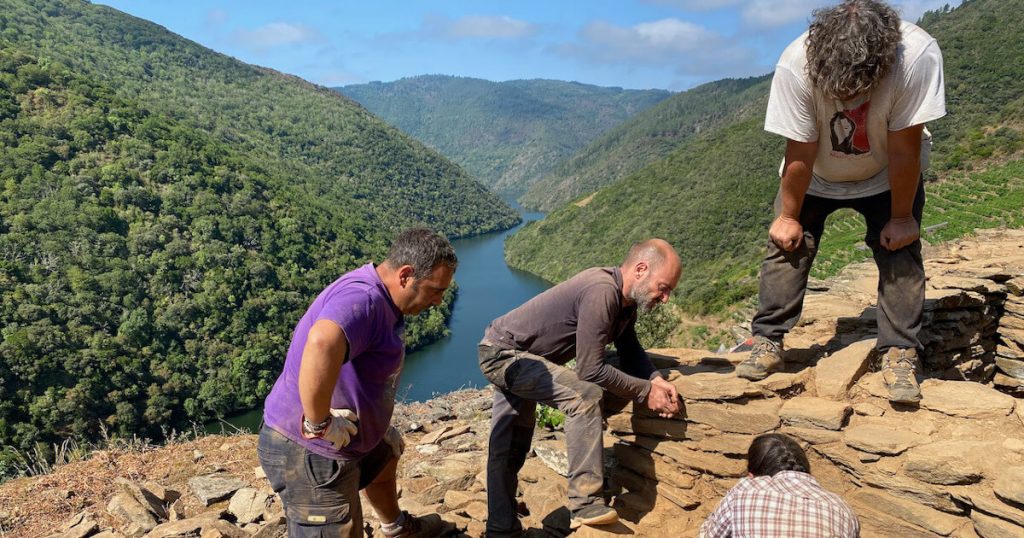
The team from the Adegas da Memória de Vilachá project, led by Xurxo Ayán Vila, released the results of their investigation yesterday at a press conference in A Pobra do Brollón (Galicia).
Aiming to study the historical origins and the chronology of the vineyard landscape of Ribeira Sacra, with its typical terraced architecture, the research revealed that, contrary to what was maintained by academic tradition, this cultural landscape has its origin in the 10th century, and not in Roman times. The first transformations would have been related to the construction of monasteries, chapels or other types of property and land use relations of a pre- and proto-feudal nature. In the 13th century, with the arrival of the Cistercian Order to the region, the greatest transformation in the natural landscape will have taken place, with the expansion of vineyards to the current areas of Val do Frade and O Eivedo.
These conclusions coincide with the oldest chronological reference known from the documentation of the cultivation of wine in the area, which situates it in 876, in a document of donation of vineyards to the monastery of Santa Cristina de Ribas de Sil (Ourense). “Everything we see in the documents is confirmed thanks to soil sciences and thanks to archaeology,” Xurxo Ayán said in remarks to journalists.
In addition to the scientific relevance of the discoveries, these results will be fundamental to reinforce the candidacy of the cultural landscape of Ribeira Sacra as a UNESCO World Heritage Site, since they show the uniqueness of this landscape, with about 1000 years of history and resilience, in both the European context and worldwide.
The archaeological and edaphic surveys and dating analyses with Carbon-14 were coordinated by the archaeologist from the IHC, having been developed with the Institute of Heritage Sciences (INCIPIT) of the Spanish Higher Council for Scientific Research (CSIC) and financed by the Directorate-General of the Cultural Heritage of Xunta de Galicia, the local community of Vilachá and the Municipality of A Pobra do Brollón.
In the press conference (video) intervened Felipe Criado (INCIPIT — CSIC), Cruz Ferro-Vázquez (ICArEHB — University of Algarve), Carmen Martínez Insua (Director-General of Cultural Heritage of Galicia), Xurxo Ayán Vila (IHC — NOVA FCSH), and Xosé Lois Maceda (Mayor of A Pobra do Brollón).
Image: Os Conventos archaeological site (Source: Adegas da Memória)
Other news
-
 Statement from the team of the project FILMASPORA
Statement from the team of the project FILMASPORA -
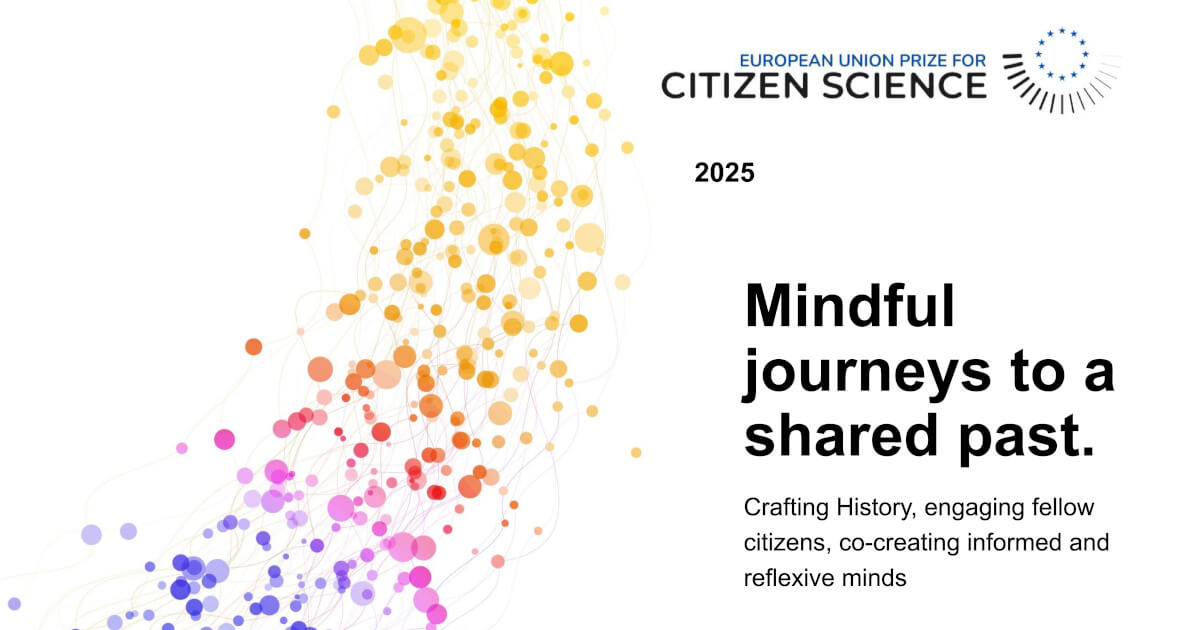 VINCULUM's application received an Honourable Mention in the European Union Prize for Citizen Science 2025
VINCULUM's application received an Honourable Mention in the European Union Prize for Citizen Science 2025 -
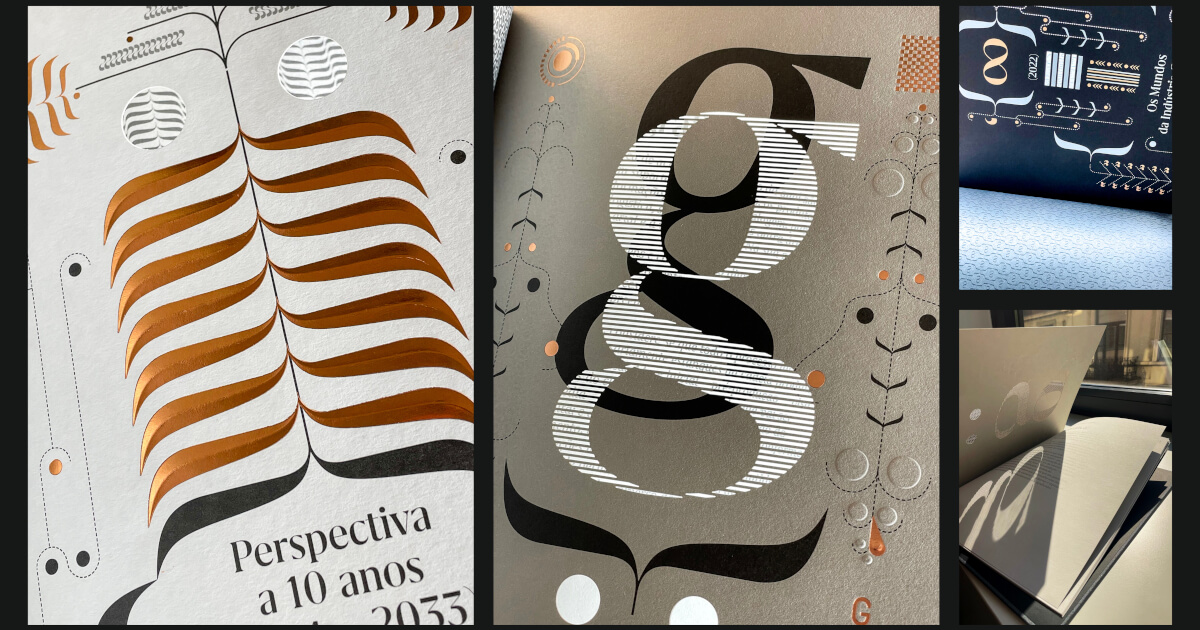 The book on the history of the national printing industry was the Gold Winner in the Editorial Design —...
The book on the history of the national printing industry was the Gold Winner in the Editorial Design —... -
 The paper by Quintino Lopes, Francisco de Lacerda, and Ana Simões, was the 2025 winner.
The paper by Quintino Lopes, Francisco de Lacerda, and Ana Simões, was the 2025 winner. -
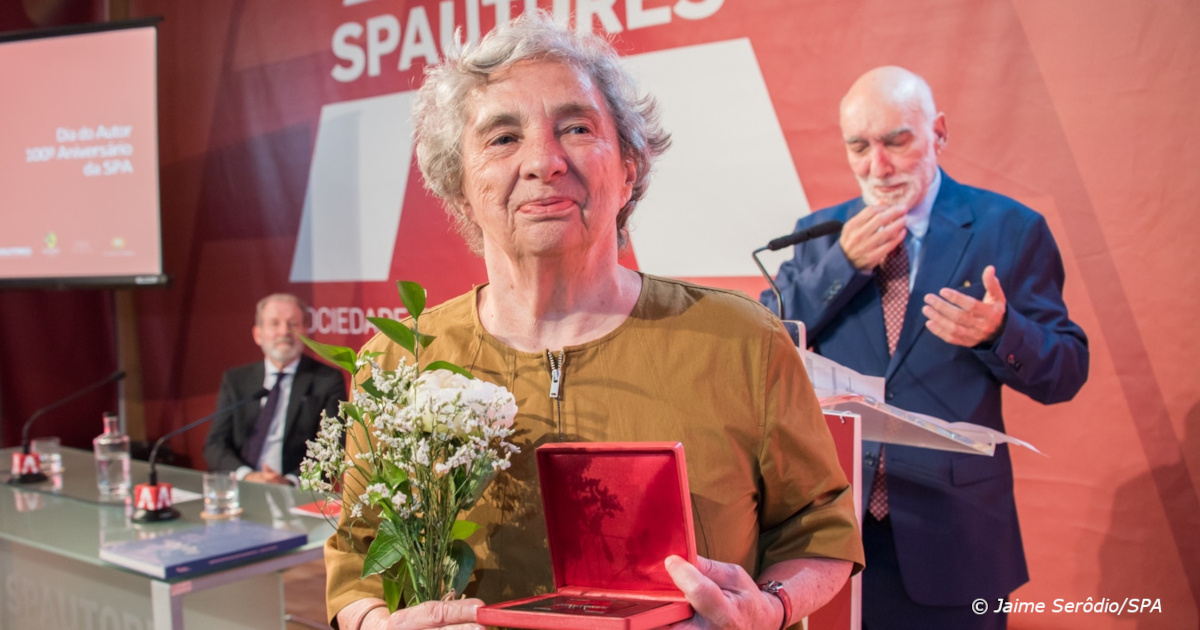 Irene Flunser Pimentel was one of the personalities honoured ‘for her outstanding contribution to culture’.
Irene Flunser Pimentel was one of the personalities honoured ‘for her outstanding contribution to culture’. -
 Miguel Carmo and José Filipe Costa worked on the film ‘I Only Rest in the Storm’
Miguel Carmo and José Filipe Costa worked on the film ‘I Only Rest in the Storm’ -
 ‘Angola: Saberes em movimento’ at the Frei Manuel do Cenáculo National Museum
‘Angola: Saberes em movimento’ at the Frei Manuel do Cenáculo National Museum -
 The PhD thesis was awarded the Francisco Canais Rocha Prize for studies on the labour movement
The PhD thesis was awarded the Francisco Canais Rocha Prize for studies on the labour movement -
 Catarina Laranjeiro and Inês Vieira Gomes are the curators of the exhibition
Catarina Laranjeiro and Inês Vieira Gomes are the curators of the exhibition -
 The first fiction feature by José Filipe Costa will be premiered in Portugal at the Indie Lisboa
The first fiction feature by José Filipe Costa will be premiered in Portugal at the Indie Lisboa -
 'Before Being Independence, It Was a Struggle For Liberation' recently opened
'Before Being Independence, It Was a Struggle For Liberation' recently opened -
 Civil Society Forum on Combating Antisemitism and Fostering Jewish Life
Civil Society Forum on Combating Antisemitism and Fostering Jewish Life -
 Joana Dias Pereira is a member of IFPH's Steering Committee
Joana Dias Pereira is a member of IFPH's Steering Committee -
 SMS — Shared Memories of Solidarity was selected for funding by the FCT
SMS — Shared Memories of Solidarity was selected for funding by the FCT -
 Community on the Zenodo platform, EU Open Research Repository, and a set of books on OAPEN
Community on the Zenodo platform, EU Open Research Repository, and a set of books on OAPEN -
 Collaborative museology with Kanawayuri Marcello Kamaiurá and Auakamu Kamayurá
Collaborative museology with Kanawayuri Marcello Kamaiurá and Auakamu Kamayurá -
 Eça de Queirós in Egypt and the Opening of the Suez Canal
Eça de Queirós in Egypt and the Opening of the Suez Canal -
 Conference and exhibition at the Santos Rocha Municipal Museum, Figueira da Foz
Conference and exhibition at the Santos Rocha Municipal Museum, Figueira da Foz -
 The winner of the Amílcar Cabral Prize will be in Lisbon next week
The winner of the Amílcar Cabral Prize will be in Lisbon next week
Search
Opportunities
Marie Skłodowska-Curie Postdoctoral Fellowships
Deadline (IHC): 1 June 2025
News
Statement about the demolitions in the Bairro de Santa Filomena
Jul 3, 2025
Statement from the team of the project FILMASPORA
VINCULUM recognised with European Union Prize for Citizen Science
Jun 20, 2025
VINCULUM’s application received an Honourable Mention in the European Union Prize for Citizen Science 2025
IHC-APIGRAF book receives editorial design award
Jun 16, 2025
The book on the history of the national printing industry was the Gold Winner in the Editorial Design — Book category.
CONTACTS
WORKING HOURS



